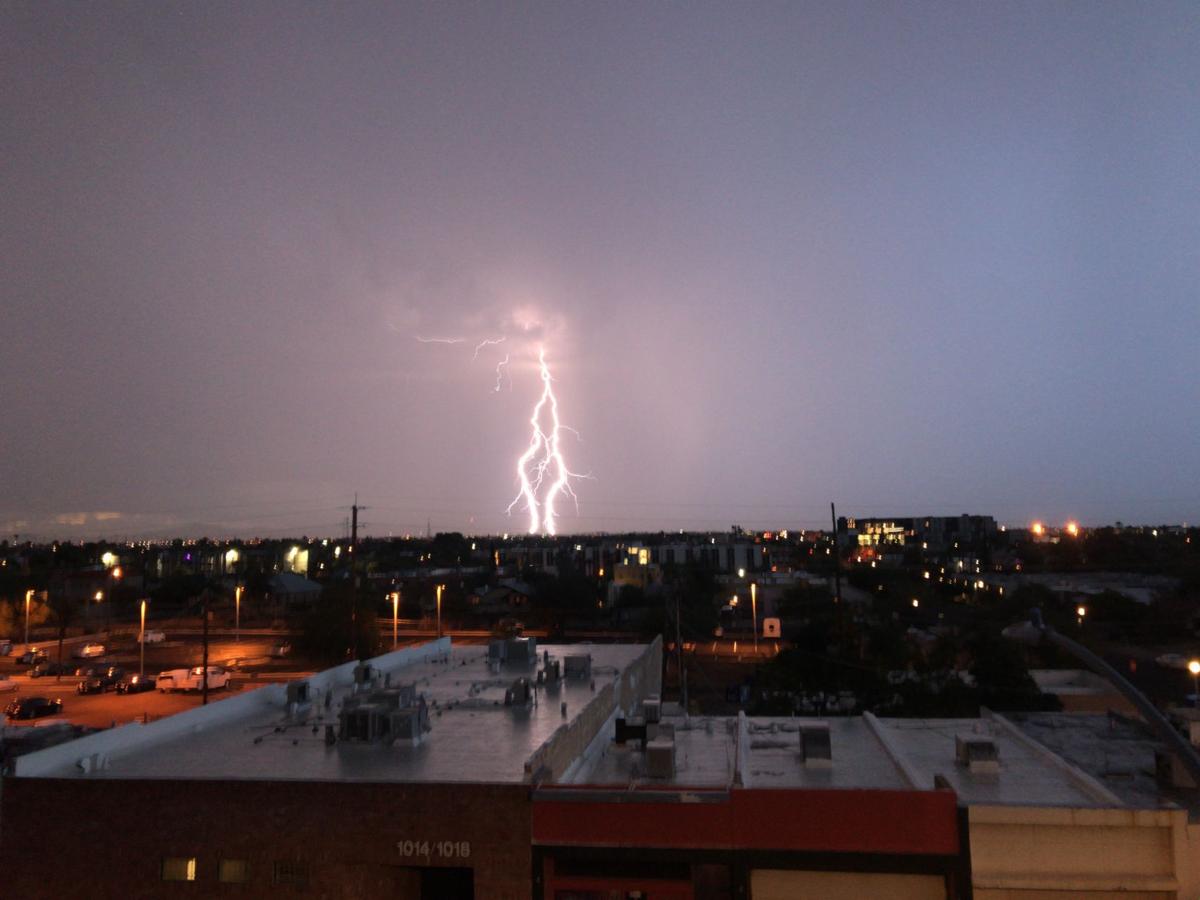Fast-Moving Storms: How To Stay Safe From High Winds

Table of Contents
Understanding the Dangers of High Winds in Fast-Moving Storms
Fast-moving storms, unlike their slower counterparts, present a unique set of challenges. Their rapid speed often leaves less time for preparation and evacuation, making the dangers of high winds even more significant. The destructive power of these winds can be immense, leading to widespread damage and significant risks to life and property.
High winds, particularly those associated with severe weather like hurricanes and tropical storms, can reach speeds capable of causing catastrophic damage. Consider these wind speeds and their potential consequences:
- Tropical Storm: Winds between 39-73 mph (63-117 km/h) can uproot trees, damage roofs, and shatter windows.
- Hurricane: Winds exceeding 74 mph (119 km/h) can cause widespread destruction, including complete roof failure, structural collapse, and the potential for flying debris to become deadly projectiles.
The increased risk posed by fast-moving storms stems from several factors:
- Reduced warning time: The rapid approach of these storms leaves less time for preparation and evacuation.
- Concentrated impact: The intense winds are often concentrated over a smaller area, leading to more severe localized damage.
- Unexpected shifts in wind direction: Sudden changes in wind direction can exacerbate the danger, making it difficult to anticipate the impact.
Here are some key dangers associated with high winds in fast-moving storms:
- Damage to roofs and structures: High winds can peel off roofing materials, break windows, and even collapse entire structures.
- Downed power lines and electrical hazards: Falling power lines pose a serious electrocution risk, creating a significant hazard after the storm.
- Falling trees and branches: Trees and large branches uprooted by the wind can cause significant damage to property and even injure or kill people.
- Flying debris: Loose objects like signs, construction materials, and even furniture can become deadly missiles in high winds.
Preparing Your Home for High Winds Associated with Fast-Moving Storms
Proactive preparation is crucial for surviving a fast-moving storm with high winds. Taking steps to secure your home before the storm hits significantly reduces the risk of damage and injury. Here's a pre-storm checklist:
- Trim trees and shrubs: Remove any dead or weakened branches that could fall and damage your home.
- Secure loose objects: Bring all loose outdoor furniture, decorations, and other items inside.
- Board up windows or install storm shutters: This will protect your windows from shattering and flying debris.
- Create an emergency kit: Stockpile essentials like water, non-perishable food, first-aid supplies, a battery-powered radio, flashlights, and extra batteries.
- Develop a family communication plan: Establish a method for contacting family members in case of separation during the storm.
Strengthening your home's structure, if feasible, can provide added protection against high winds. This might involve reinforcing roof structures, installing stronger windows, or adding hurricane straps. Consult with local building codes and contractors for guidance on home strengthening.
Staying Safe During a Fast-Moving Storm with High Winds
When a fast-moving storm with high winds hits, your priority is to seek immediate shelter. Stay away from windows and doors, as they're the most vulnerable points of the house.
The safest places to shelter during a high wind event include:
- Interior rooms away from windows and doors (closets, hallways, or interior bathrooms).
- Basements (if available) offer the most protection.
If you're caught outdoors when a fast-moving storm hits:
- Find immediate shelter in a sturdy building or vehicle.
- If no shelter is available, lie flat in a ditch or low-lying area, protecting your head.
While sheltering, remember to:
- Stay away from windows and doors.
- Unplug electronic devices to prevent electrical hazards.
- Monitor weather reports and official alerts.
- Never attempt to drive during the storm.
Staying informed is paramount. Continuously monitor weather reports from trusted sources like the National Weather Service or your local meteorological agency. Heed all official warnings and evacuation orders promptly.
Post-Storm Safety and Recovery After High Winds from Fast-Moving Storms
Even after the high winds subside, danger persists. Downed power lines, debris, and structural damage pose significant risks. Proceed with caution when assessing damage to your property.
Remember these crucial post-storm safety tips:
- Avoid downed power lines: Assume all downed power lines are live and extremely dangerous.
- Wear protective gear: Use gloves, sturdy footwear, and safety glasses when assessing damage.
- Report damage to authorities: Contact your local emergency services to report damage and request assistance.
- Document damage: Take photos and videos of the damage to your property for insurance claims.
Following these steps will help you navigate the recovery process safely and efficiently.
Staying Safe from High Winds in Fast-Moving Storms: Key Takeaways and Call to Action
Fast-moving storms and their associated high winds present serious threats. Preparation is key to minimizing risks. Knowing where to seek shelter, understanding the potential dangers, and following post-storm safety procedures are all crucial for protecting yourself and your family. Preparing for high winds should be a top priority, ensuring you're ready for the next fast-moving storm. Remember, taking proactive measures to secure your home and create a family emergency plan are vital steps in mitigating the risks associated with high wind events and ensuring your fast-moving storm safety. Don't wait for the next storm to hit; take action today to protect yourself and your loved ones. Your safety during high winds is paramount.

Featured Posts
-
 Who Is Nadiem Amiri The German International Playing For Mainz 05
May 21, 2025
Who Is Nadiem Amiri The German International Playing For Mainz 05
May 21, 2025 -
 Southern French Alps Weather Storm Brings Unexpected Snow
May 21, 2025
Southern French Alps Weather Storm Brings Unexpected Snow
May 21, 2025 -
 The Allure Of Cassis Blackcurrant Flavor Profile Uses And Benefits
May 21, 2025
The Allure Of Cassis Blackcurrant Flavor Profile Uses And Benefits
May 21, 2025 -
 Cliff Richard Musical The Lucas And Walliams Collaboration Faces Challenges
May 21, 2025
Cliff Richard Musical The Lucas And Walliams Collaboration Faces Challenges
May 21, 2025 -
 Us Four Star Admiral Sentenced Corruption Scandal Explained
May 21, 2025
Us Four Star Admiral Sentenced Corruption Scandal Explained
May 21, 2025
